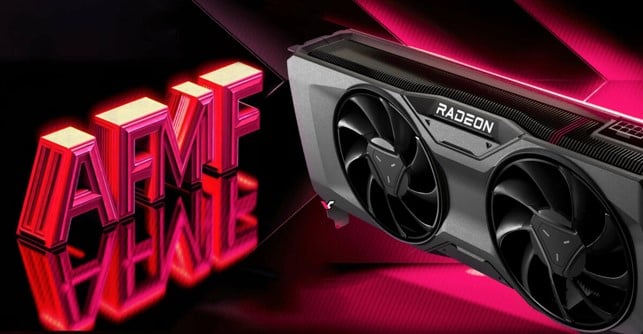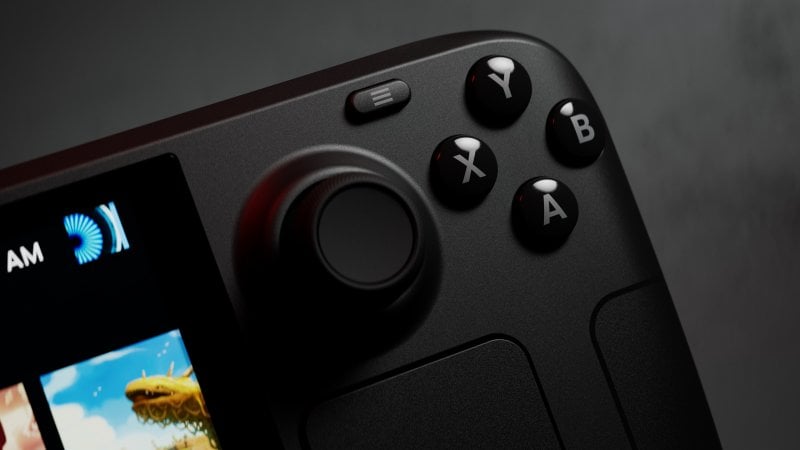AMD has confirmed the arrival for January 24th of the RX 7600 XT 16 GB and AFMF (AMD Fluid Motion Frame) technology, which will be included in Radeon drivers.
January full of news for lovers of Radeon products, with AMD confirming that on the 24th there will not only be the launch of the new Radeon RX 7600 XT, the GPU which in the plans of the Sunnyvale house should intercept the needs of those who play in 1080p but also the release – via the official Radeon drivers and no longer preview – of the new AMD Fluid Motion Frame Technology (AFMF).
For some time, both Radeon and NVIDIA have been extremely committed to the development of software solutions that allow improving performance in the most expensive video games, making even solutions that are not necessarily high-end usable for otherwise unattainable graphics performance and – in this direction – Radeon solutions have some very interesting strings to their bow.
Comparing technologies
Speaking of Frame Generation at AMD, there is certainly no need to go back too far: the FSR 3 – technology already available and with a continuously growing portfolio – deals with this aspect.
What's the point of introducing a technology that ultimately mimics something that already exists?
The meeting points between the FSR and the AFMF actually end quickly, since if the underlying idea is the same – that is to generate fictitious frames – the ways in which they deal with it are very different: the AFMF deals with to support and guarantee frame generation technology for all those titles that do not have FSR implementation, offering a frame generation platform totally disconnected from the work of the software house.
To date, both Radeon's FSR technology and NVIDIA's DLSS have one fundamental detail in common: they are implemented thanks to the work done by programmers in games to actually make one or the other available (or maybe both, given that the FSR is – a not insignificant detail – open source), perhaps even with post-launch patches.
Today the AFMF paves the way for work carried out “automatically”: Do you have a compatible Radeon and updated drivers? You also have the AFMFto be used perhaps in conjunction with RSR technology.
At the service of portability
Up to this point, we find ourselves in the presence of a solution that, with zero effort on the part of the developers, puts us in a position to improve the performance in terms of FPS of our games not supported by FSR or DLSS: too good to be true?
While on the one hand it seems obvious that working together with developers gives a better result, we can only welcome with great satisfaction the possibility of enjoying broad-spectrum frame generation technology such as AFMFalthough the yield will obviously not be in line with that of the FSR or the DLSS.
However, the advantage that a solution of this type can offer in the world of handheld PCs is incomparable: although it is necessary to remember that Frame Generation technologies are not the miracle solutions capable of completely changing the performance of a gamehowever, we must think about the massive arrival on the market of products for playing portable games.
In a situation where every watt of consumption counts, being able to rely on technologies of this type to guarantee greater FPS without squeezing the silicon (and therefore limiting heat and consumption) it is a very important detail in the increasingly lucrative and important market of handheld consoles.
We therefore just have to wait until January 24th to finally get our hands on both the new RX 7600 XT and the definitive version of the AFMF technology which, being already supported starting from the Radeon RX 6000 and Radeon 700M, it will be compatible with a fleet of GPUs that is unattainable for other technologies in terms of volumes.
#AMD #Fluid #Motion #Frame #Technology #AMD39s #frame #generation #technology #infancy


